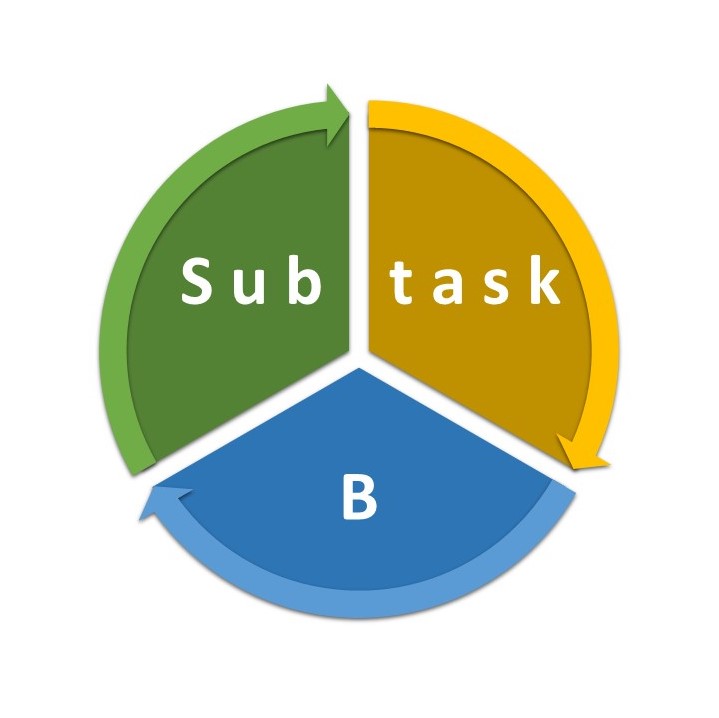Subtask A: Thermally driven water separation technologies and recovery of valuable resources
 The main objective of subtask A is to foster the development and promotion of new energy efficient solar driven separation technologies for industrial waste water and process fluid treatment via:
The main objective of subtask A is to foster the development and promotion of new energy efficient solar driven separation technologies for industrial waste water and process fluid treatment via:
- Identification of separation technologies that show high potential for solar thermal heat supply (e.g. membrane distillation, pervaporation, vacuum evaporation, rectification, etc.)
- Identification of suitable fields of application (e.g. industrial sectors, production processes, geographical sites; synergistic use of solar and industrial excess heat…)
- Assessment of advantages and disadvantages of these technologies for different industrial applications and the interaction with solar thermal technologies and other renewable energy technologies
- Comparison (technical and economic) of these emerging technologies with state of the art separation technologies (e.g. ultrafiltration, reverse osmosis…)
Subtask B: Solar Water Decontamination and Disinfection Systems

The main objectives of subtask B are the elaboration of emerging technologies with increased efficiency due to integration of solar radiation which may also affect the quality of the conversion process and the definition of new solar collectors’ concept for reducing manufacture costs though maintaining high efficiency in the collection of UV photons for better performance of chemical oxidation reactions.
- To provide a deep analysis on the energy reduction potential associated to the application of solar based processes to the industrial water management system. (Electrical consumption associated to UV lamps will be also considered)
- To deal with research questions like fluid dynamics, reactor design, etc. to optimize the purification results as well the energy consumption
- To promote collaborative initiatives for assessment of technical and economic feasibility of specific water decontamination and disinfection problems
- Identification of treatment processes of other water-based streams (e.g. in the bio-based and agro-food industries) that could potentially benefit from direct solar/UV radiation
- To initiate the development of new collector technologies
- To promote tools and services in this area to accelerate the market penetration.
Subtask C: System integration and decision support for end user ne eds
eds
The main objective of the subtask is to develop a guideline for decision support, designed purposefully for end users/technology adopters (e.g. solar thermal companies, manufacturer, food producer, water utility operating a wastewater treatment plant, etc.) to select the optimized combination of water technology in combination with solar thermal supply technology to achieve a certain practical outcome.
- Show viable and innovative solutions to particular needs in treating wastewater or capturing valuable products. A key feature of the work will be to connect the process need to a technology solution (e.g. removal of carbon (biological oxygen demand) from a wastewater using solar heat)
- The guideline will refer to water process solutions, with examples, that principally harness solar thermal energy (related to the work of Subtask A and B).
- Integration and design concepts (solar process heat system concepts) for solar thermal energy will be developed with solar supply as key focus, but industrial excess heat will be also considered (based upon methodologies developed in IEA SHC Task 49/IV, Integration Guidline)
- Where possible, the SHIP Database, which was developed within IEA SHC Task 49/IV, will be utilised and extended with present working examples of processes that are utilising a solar thermal process to meet a treatment need or produce a valuable product
- The practical outcomes of interest will be assessed in the project in consultation with industry experts, which could include needing to deal with matters such as removing contaminants from wastewater prior to environmental/sewer disposal or reuse. This may be achieved by the proposed technologies by contaminant destruction (e.g. organic mineralisation), isolation/purification for potential sale as a valuable product or by reducing its volume to enable more convenient disposal.
- In keeping a narrow focus on solar thermal technologies, acknowledgement of other technologies will be included respecting their benefits such as maturity and/or efficiency.